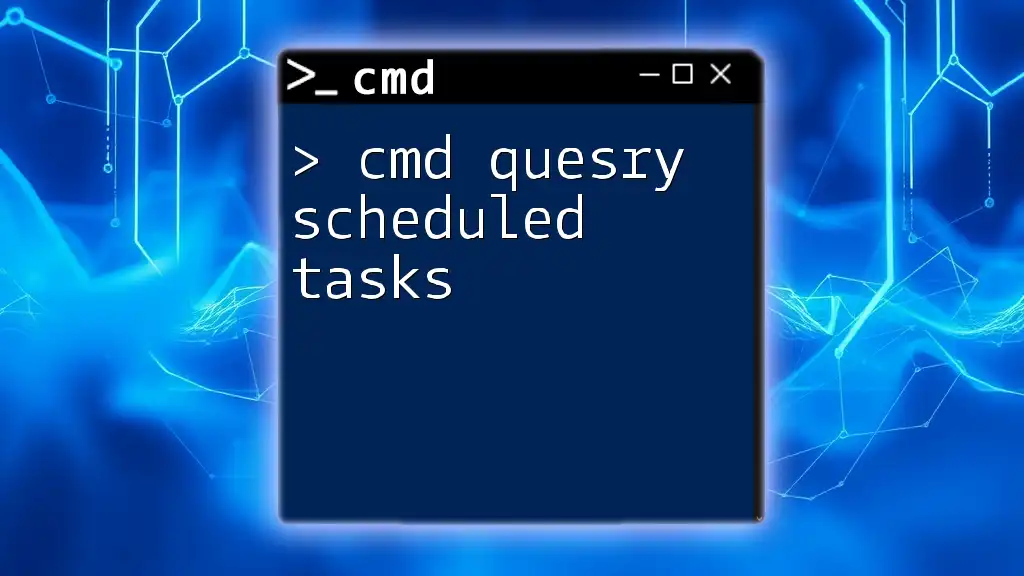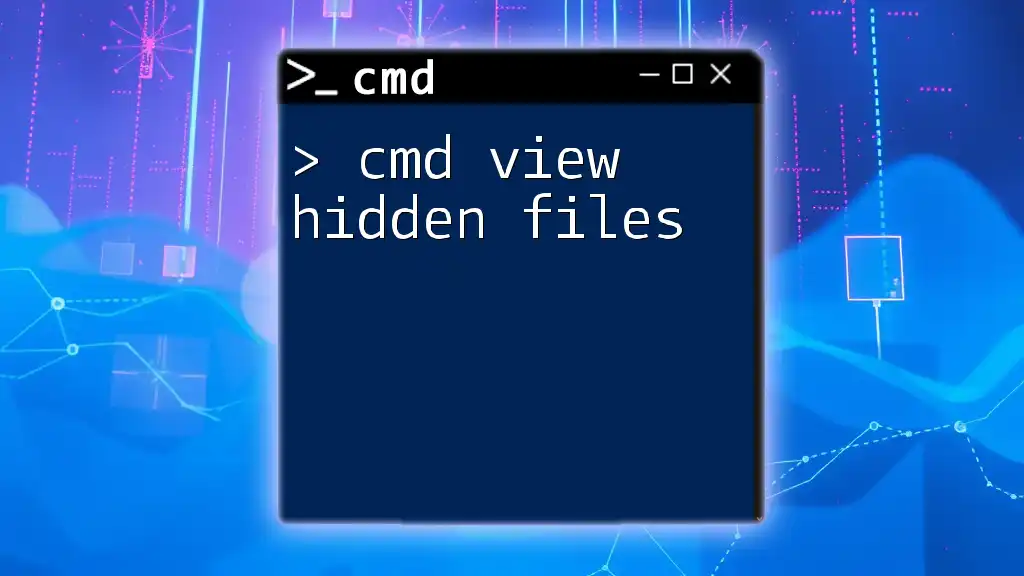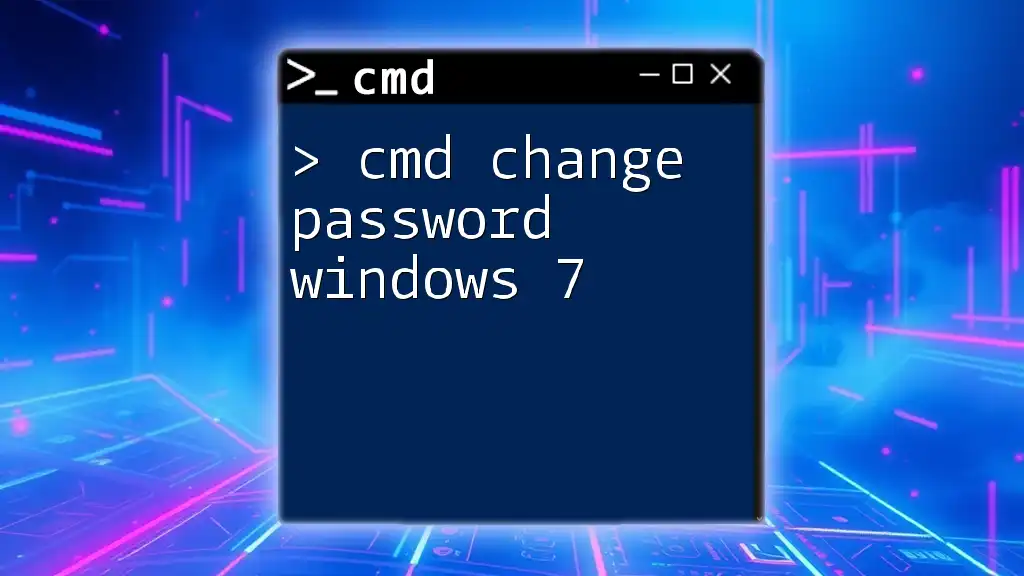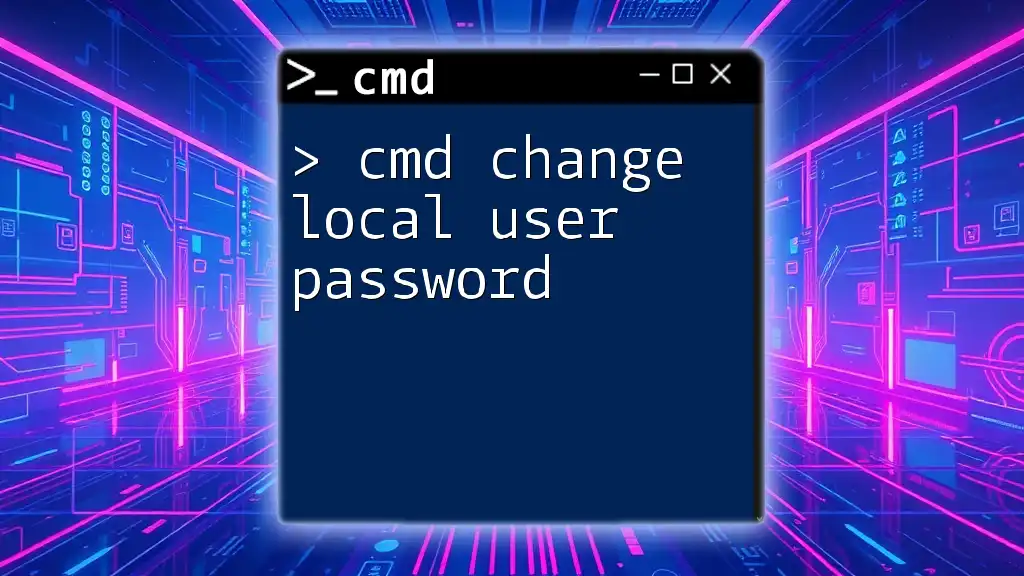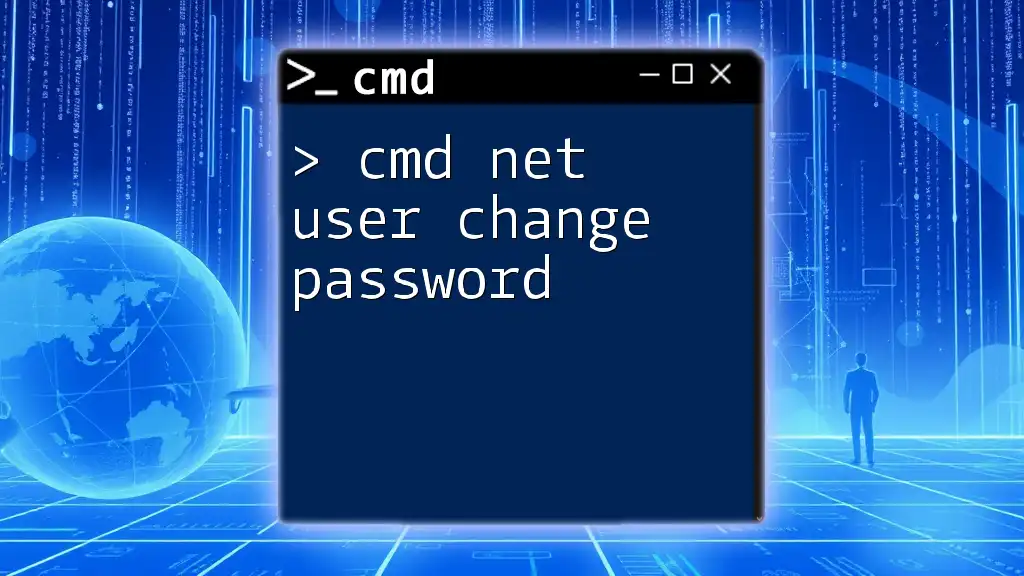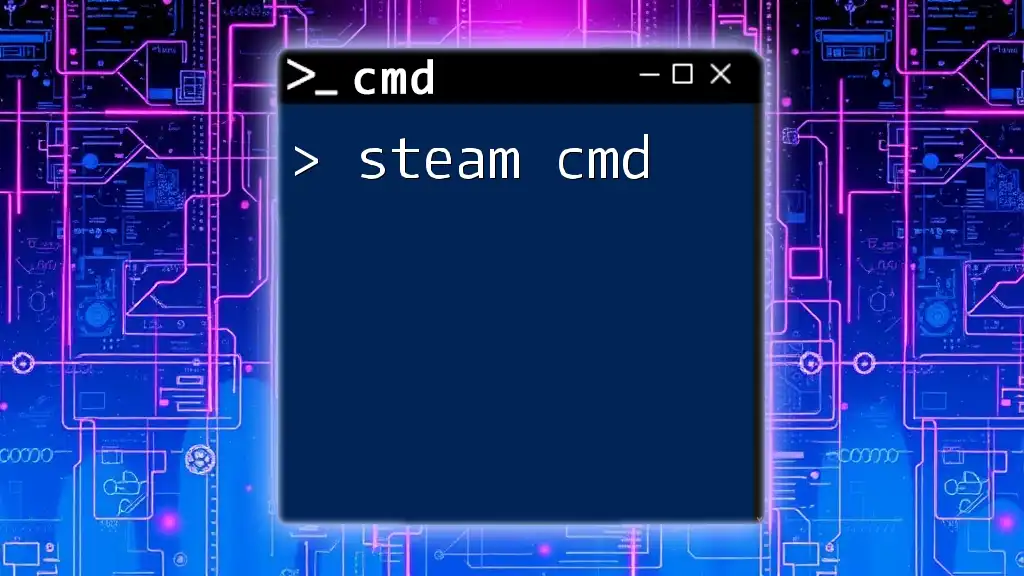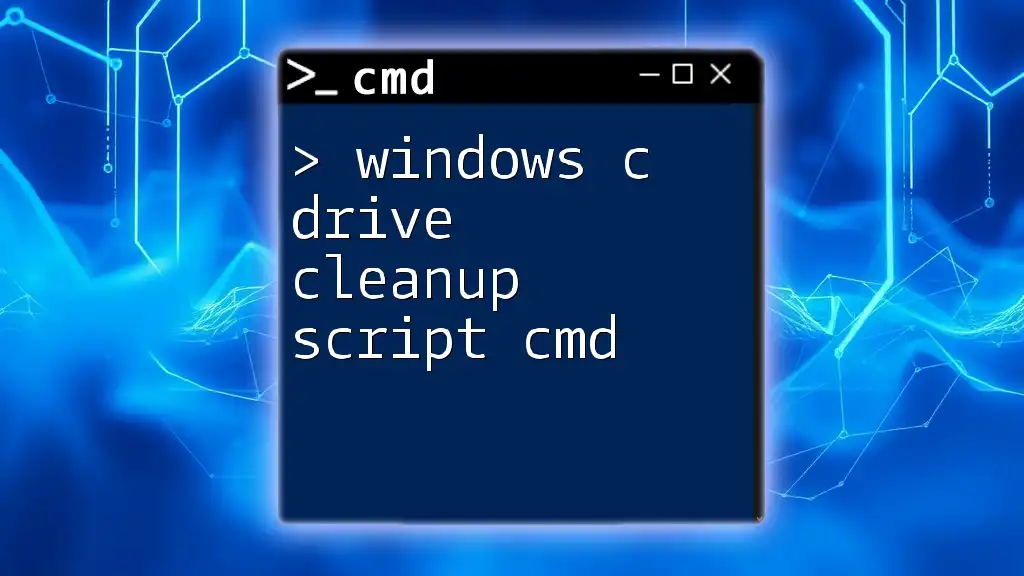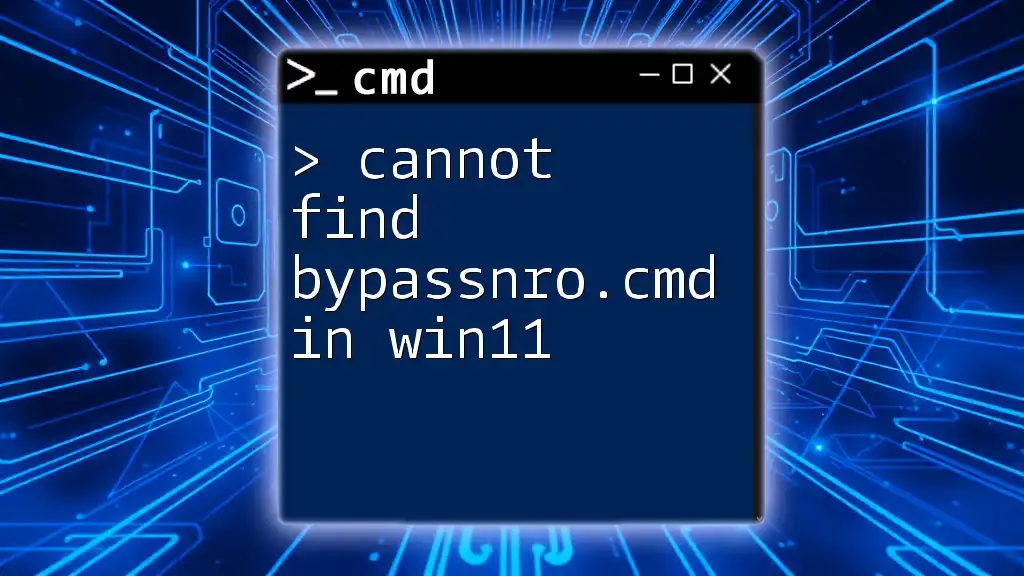You can query scheduled tasks in Windows using the Command Prompt by leveraging the `schtasks` command, which displays a list of all scheduled tasks along with their details.
schtasks /query /fo LIST /v
Understanding Scheduled Tasks
What are Scheduled Tasks?
Scheduled tasks are automated processes that run at specified times or events on your computer. They allow you to perform routine activities without manual intervention, making them ideal for tasks like disk cleanup, system backups, and more. The ability to create and manage these scheduled tasks can boost productivity and ensure that critical maintenance tasks are completed on time.
Benefits of Using CMD for Scheduled Tasks
Using the Command Prompt (CMD) for querying scheduled tasks offers several advantages:
- Speed and efficiency: CMD allows quick access to task management without navigating through several GUI options.
- Automation: Task automation can occur directly via CMD, eliminating the need for third-party applications.
- Flexibility and control: You gain granular control over task attributes, enabling you to tailor experiences according to your specific needs.

Getting Started with CMD
Opening the Command Prompt
To begin utilizing CMD for querying scheduled tasks, access the Command Prompt with administrative privileges:
- Press Windows key + R to open the Run dialog.
- Type `cmd` and press Ctrl + Shift + Enter to open it as an administrator.
Using administrative privileges is essential for managing tasks effectively, as many scheduled tasks require elevated permissions.
Basics of CMD Syntax
Understanding CMD syntax is crucial for executing commands accurately. The essential structure includes the command itself, followed by additional arguments or switches, which modify the command's behavior.
For example:
command [options] [parameters]
Knowing this structure allows you to construct commands effectively.
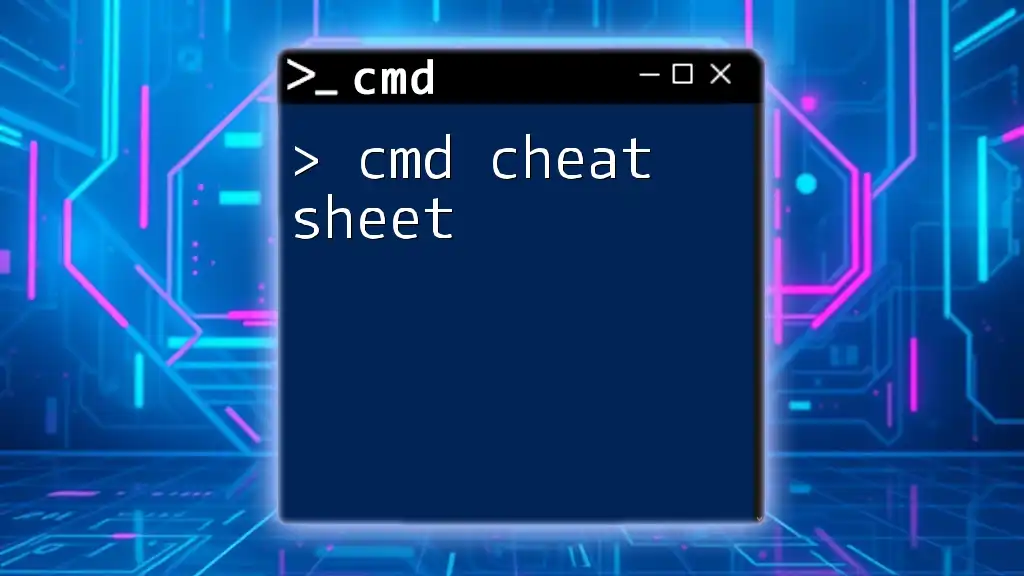
Querying Scheduled Tasks via CMD
Using the `schtasks` Command
Explanation of `schtasks`
`schtasks` is a built-in command-line utility used to create, delete, configure, or query scheduled tasks. It provides an essential gateway to task management beyond what's available in the graphical interface.
Basic Syntax for Querying Tasks
To retrieve a list of all scheduled tasks, use the following command:
schtasks /query
This command will display a summary of all tasks, including their names, status, and next run times.
Filtering Results with Parameters
Querying Specific Tasks
If you're interested in information about a specific task, you can filter the results using the `/tn` (task name) parameter. For example:
schtasks /query /tn "TaskName"
Replace `"TaskName"` with the name of the task you want to examine. The output will only display the specified task’s details.
Querying by Status
To see tasks categorized by their status, you can run:
schtasks /query /status
This command outputs the status of each task and can help you quickly identify if tasks are Running, Ready, or Disabled.
Additional Query Options
Displaying All Information
To display comprehensive information about tasks in a list format, you can use:
schtasks /query /fo LIST
The `/fo` switch allows you to specify the output format—LIST, TABLE, or CSV. Use LIST for detailed text views or TABLE for a structured overview.
Sorting the Output
Sorting your results can help locate specific details more efficiently. For instance, to sort tasks by Next Run Time, use:
schtasks /query /fo TABLE /sort "Next Run Time"
This command displays the tasks in a tabular format, ordered chronologically.
Saving the Query Results
Redirecting Output to a File
To keep records of your scheduled tasks, you can easily redirect the output to a text file with the following command:
schtasks /query > ScheduledTasks.txt
This command creates a file named `ScheduledTasks.txt` containing all the queried information, making record-keeping straightforward and accessible.
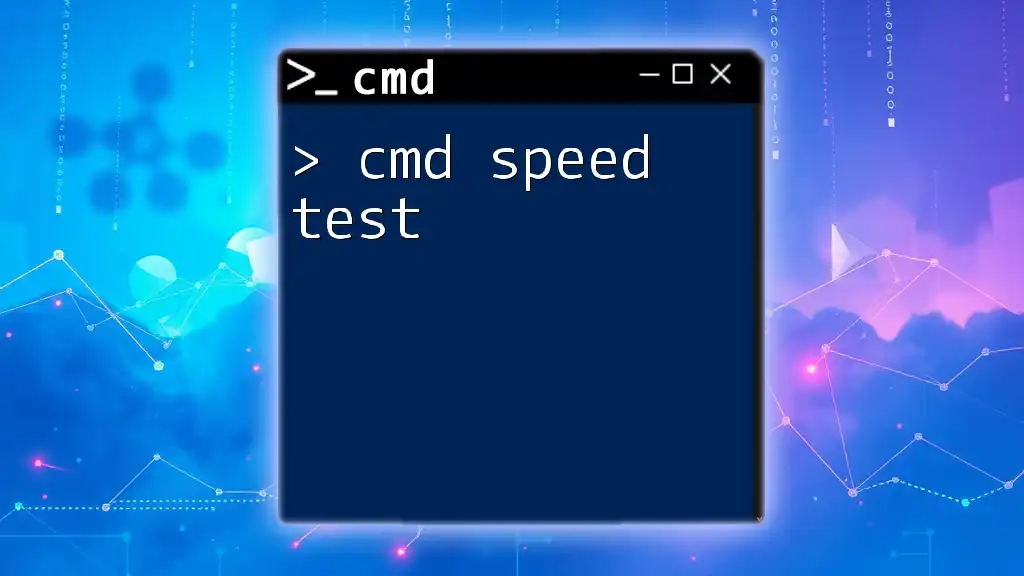
Advanced CMD Options for Scheduled Tasks
Modifying Scheduled Tasks
While querying is essential, sometimes you will need to make changes to existing tasks. CMD allows you to modify task parameters. For example, to change a task's name, you can use:
schtasks /change /tn "OldTaskName" /new "NewTaskName"
This flexibility in modifying tasks ensures that your scheduled activities remain relevant and useful.
Creating a New Scheduled Task
If you want to create a new scheduled task directly through CMD, you would use the `schtasks /create` command, followed by necessary parameters.
Deleting a Scheduled Task
If you want to remove a scheduled task, use the following command:
schtasks /delete /tn "TaskName"
Be cautious as this command will permanently delete the specified task.
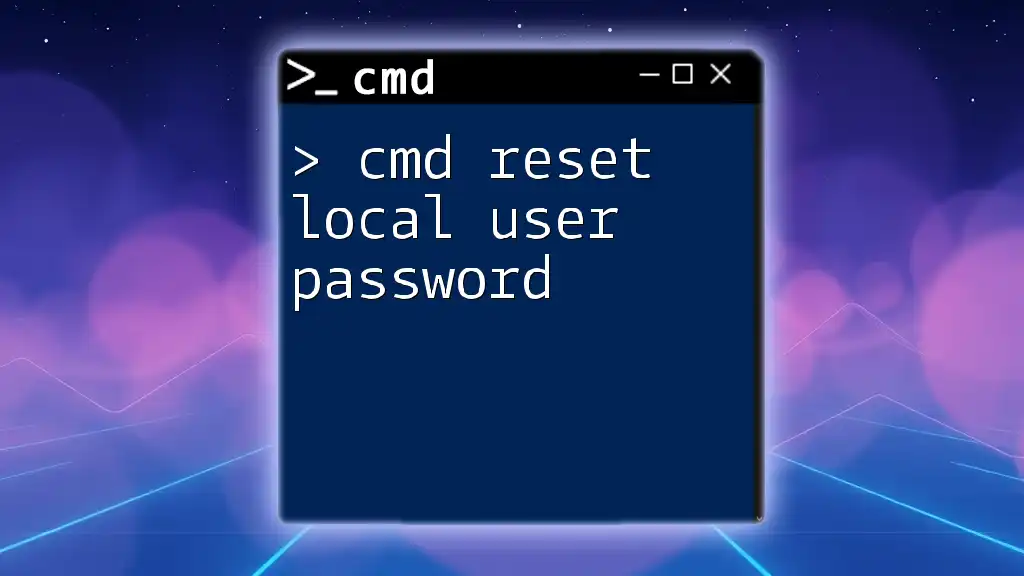
Troubleshooting Common Issues
Permission Errors
When you encounter permission-related errors during querying, this often indicates that the Command Prompt lacks administrative privileges. Ensure you open CMD as an administrator to resolve these issues.
No Scheduled Tasks Found
If the message "No scheduled tasks found" appears, it could mean one of two things: either there are genuinely no tasks scheduled, or the command was entered incorrectly. Double-check the task name or command syntax where necessary.
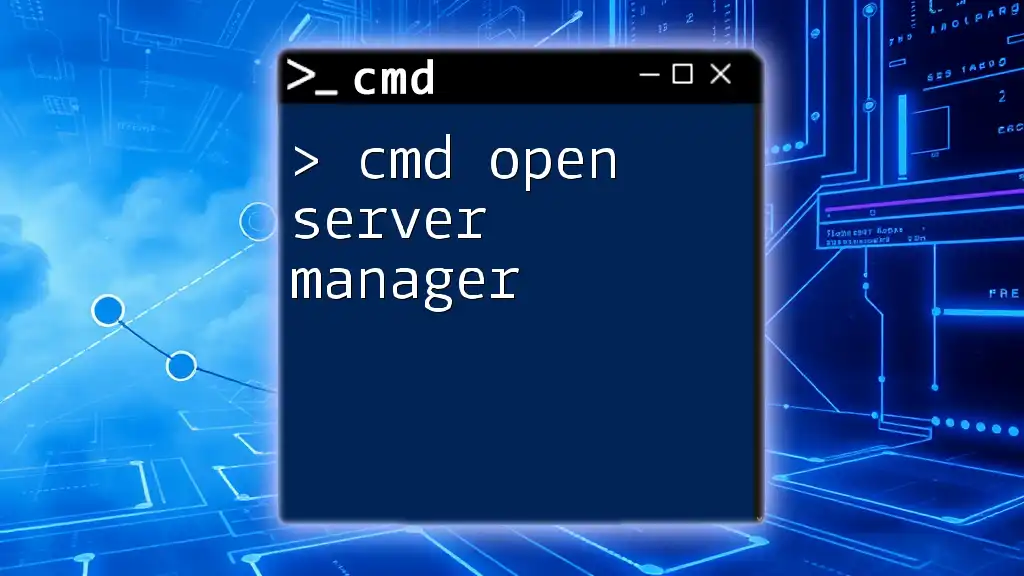
Conclusion
Querying scheduled tasks using CMD is an invaluable skill for anyone looking to enhance their productivity and system maintenance. The ability to quickly retrieve, modify, and manage these tasks directly from the Command Prompt can save time and effort. Practice these commands to get familiar with task management, and remember to explore further commands to master CMD fully.

